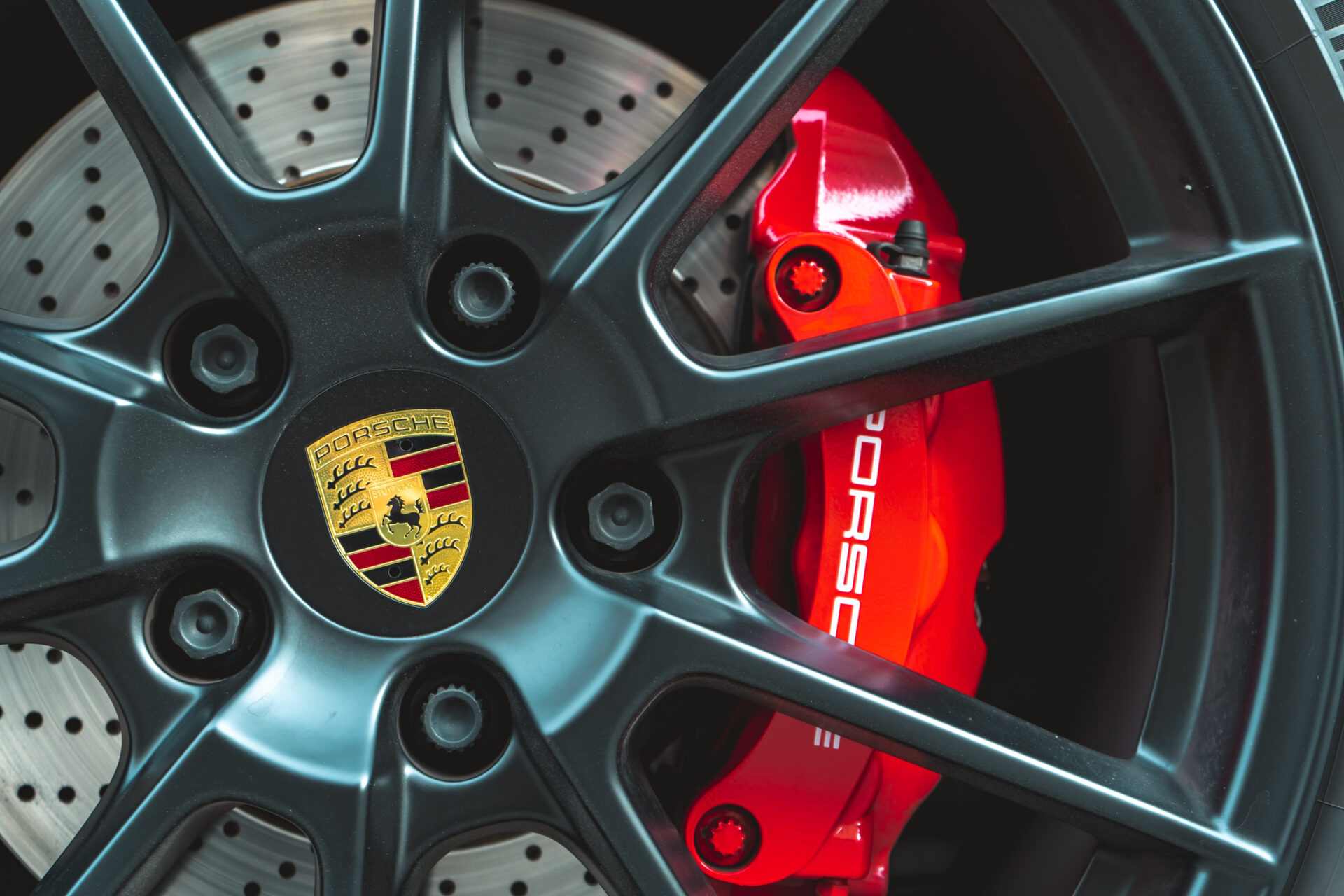
Carmaker Marks Heritage With RADICAL Fuel!
The iconic sports car maker Porsche unveiled two concept cars, Vision 357 and Vision 357 Speedster, reflecting its dual trajectory toward synthetic e-fuels and fully electric powertrains as it marks 75 years in operation.
At a Glance
- Porsche’s Vision 357 concept revives the 4.0-liter flat-six combustion engine, but now fueled by synthetic e-fuel made using atmospheric carbon and renewable hydrogen.
- The Vision 357 Speedster is all-electric, using technology derived from Porsche’s e-Performance units.
- These concept cars are not slated for production, but signal Porsche’s future direction, balancing low-emission combustion and electrification.
Reimagining Porsche Heritage
In celebration of its 75th anniversary, Porsche has unveiled the Vision 357, a concept that revives the spirit of its first production model (the 356 No. 1 Roadster launched in 1948) but reinterprets it for a sustainable future. Stylistically, the car features a widened silhouette and minimalist design cues that link back to earlier Porsche heritage while also embracing modern design trends.
Under the hood, the Vision 357 uses a 4.0-liter flat-six engine built on the 718 Cayman GT4 RS platform—but instead of fossil gasoline, it runs on synthetic e-fuel. This fuel is produced in a pilot facility in Chile using carbon captured from the atmosphere and hydrogen generated from renewable sources. This process aims for net-zero CO₂ emissions from combustion.
Watch now: Flying To Chile To Try Porsche’s Synthetic Fuel!
Dual Futures: Combustion and Electric
Alongside the Vision 357, Porsche also introduced the Vision 357 Speedster, an all-electric sibling that reflects its electric “e-Performance” line. While the Vision 357 leans into a future for low-emission internal combustion, the Speedster underscores Porsche’s commitment to electrification.
These two concept cars act as a statement rather than production plans. Neither is expected to go into serial production—but they give a strong sense of Porsche’s strategic direction: preserving the cultural and mechanical heritage of combustion engines (if fueled sustainably), while also pushing forward full electric powertrains.
Implications & Questions Ahead
Porsche’s dual approach raises several questions for the automotive industry and consumers. Can synthetic e-fuels be produced at scale and price points that make them viable for more than just concept cars? What are the lifecycle emissions, infrastructure demands, and energy inputs required? The fact that Porsche is investing in both synthetic combustion and electrification suggests uncertainty or hedging in how the future will unfold.
This move also signals that combustion engines are not yet obsolete in Porsche’s view—but their continued relevance depends on new fuels and cleaner energy. The company is using its anniversary not just as nostalgia, but as a pivot point to explore sustainability pathways.
Sources
Porsche Newsroom
Porsche Newsroom
EcoPortal


